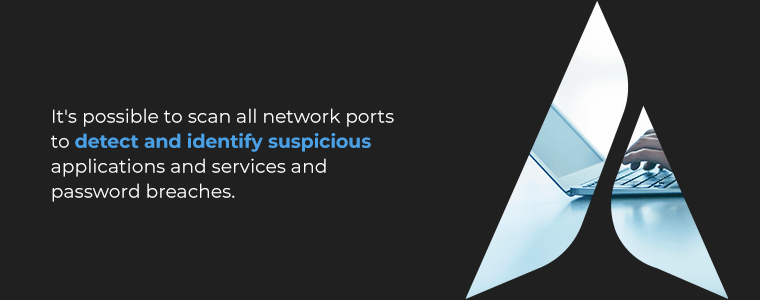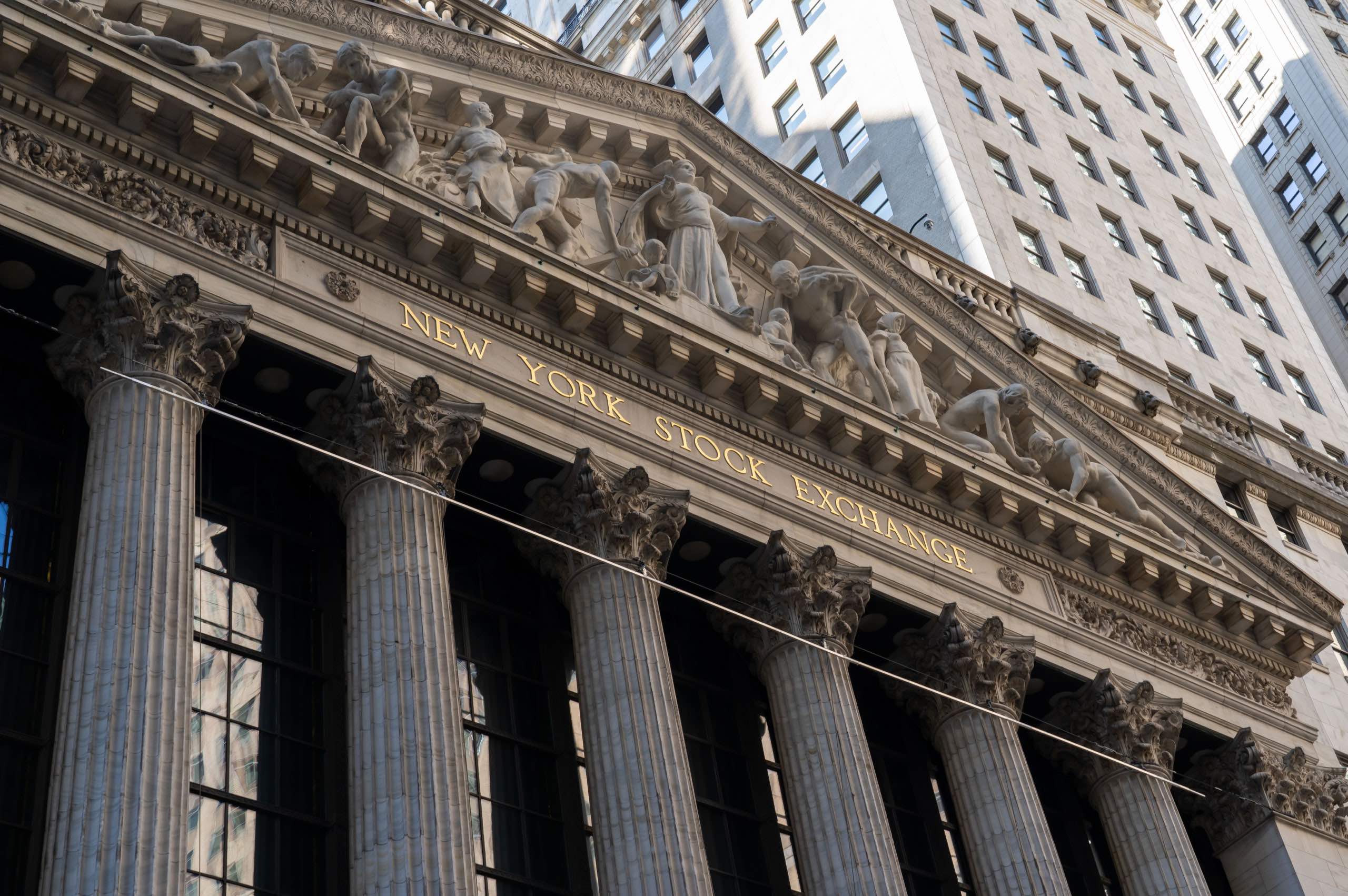Vulnerability Scanning vs. Penetration Testing
With the ever-present danger of a cybersecurity breach, it’s essential for financial services organizations to verify their computer network security. Vulnerability scanning and penetration testing can help your IT staff accomplish this crucial task.
What Is Vulnerability Scanning?
A vulnerability scan is an automated process that seeks and identifies potential threats to a computer network. The main types of vulnerability scanning include external, internal, environmental, intrusive, and nonintrusive.
How Does Vulnerability Scanning Work?
It’s possible to scan all network ports to detect and identify suspicious applications and services and password breaches. The scan leverages various techniques to elicit a response from the targeted device.

Benefits of Vulnerability Scanning
The benefits of vulnerability scanning include:
- Identifying vulnerabilities before external threats can exploit them.
- Creating an inventory of all vulnerabilities associated with each network device.
- Defining the existing risk level on the network.
- Having a repeatable and cost-effective process.
Limitations of Vulnerability Scanning
Potential vulnerability scanning drawbacks include:
- Only identifying a threat’s presence without determining if it is exploitable.
- Requiring the IT team to manually check the vulnerability before retesting.
- Generating false positives.
- Not detecting every vulnerability, especially if using an outdated scanning program
What Is Penetration Testing?
Penetration testing takes vulnerability scanning a step further. Instead of only identifying a security threat, it exploits it to determine the level at which a hacker can gain access to your data and assets.
How Does Penetration Testing Work?
The main difference between vulnerability scanning and penetration testing is the level of human involvement. Unlike automated vulnerability scanning, penetration testing requires human intervention. A testing team executes a series of simulated cyberattacks using various methods to target known vulnerabilities.

Benefits of Penetration Testing
There are advantages to penetration testing, such as:
- Offering real-world evidence of what a hacker could do.
- Testing your cybersecurity capabilities and identifies opportunities for improvement.
- Identifying high-risk weaknesses resulting from a combination of smaller vulnerabilities.
- Enabling reporting with recommendations for corrections.
Limitations of Penetration Testing
Some potential penetration testing disadvantages include:
- Potential network damage from improper execution.
- Unrealistic test conditions that produce misleading results.
- Possible network exposure to hackers.
- Requirements for trustworthy testers.
Learn About Agio’s Vulnerability Scanning and Penetration Testing Services
Agio utilizes advanced vulnerability scanners and penetration testing tools to assess your firm’s cybersecurity measures. We can also provide more insight into the dynamic scan vs. penetration test debate. Learn more about our cybersecurity service.
Share post
Featured Posts
Connect with us.
Need a solution? Want to partner with us? Please complete the fields below to connect with a member of our team.



